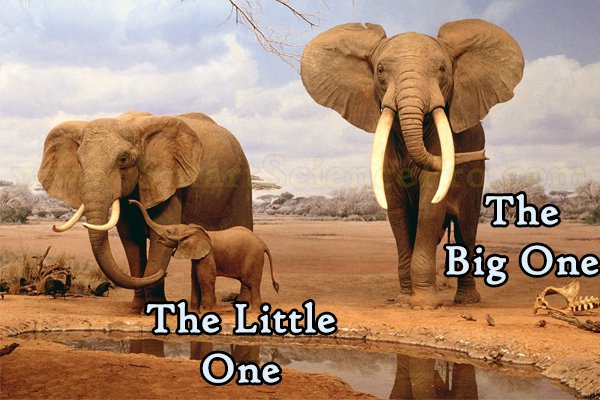
Classification By Size as a Factor
It is a beautiful photograph of an elephant family. Isn’t it? The huge elephant with bigger tusks is the father elephant and the medium size elephant is the mother elephant and finally that little one near the mother is their child elephant. It’s a happy family!
I have to assume you also agree above details about that picture. Have you noticed I used the words like huge, big, medium size and little one to introduce them since I don’t know their names 😉 In other words I have classified these living organisms as small and big.
I was able to use some criterion to classify those elephants.
Classification of living organisms can be defined as a way of grouping living organisms to various groups or sets. I also did a classification in some sort of.

Classification By Color as a Factor
Here’s a picture of another cute puppies. Did they catch your heart? Yeah! I hope so. One puppy got a dark brown and white color fur while other puppy shows a light brown color with some white spots.
Perhaps, you have realize again I used another method to classify these 2 living organisms based on their fur color.
Suppose you meet both of that elephant family and these cute puppies after a long and boring year. Would that little elephant be the same? Would you be able to mention him using “The Little One”? Or Would that light brown puppy show the exact same color?
All these questions are turned out to be a Big No! Because size of a living organism is based on their growth while the color is based on few factors like health status, melanin amount etc. Therefore, if you use growth, color and similar criterion for classification of living organisms, your classification will not be the same after some time.
That is because such criterion are artificial criterion. It is the reason why we need a natural classification criterion to classify all the living beings.
Features of a Natural Classification of Living Organisms
- Natural classification is working according to the relationship among the living organisms.
- Every characteristic would be considered for an effective classification which lasts long.
- Similar group of living organisms have true relationship about similar natures.
- Natural classification of living organisms show the evolution of organisms and how it happened.
- Classification factors used in this type of classification will never change as they are constants.
Do you know that the modern natural classification of living organisms is using the modified version of the initial system introduced by Carolus Linnaeus in 1740s.
Main Groups of Living Organisms
Living organisms are formed with cells and one group of living organisms has cell walls while the other type got only the cell membrane. Every living organism can do the following things,
- Reproduction
- Responding to external stimuli
- Growth
- Regular metabolism
According to above factors you may easily classify all the living organisms in the earth as animals and plants, but it is not fair to classify all the organisms to 2 groups while looking at the external features shown. There must be direct relationships within organisms in a specific group. That’s why it isn’t fair at all.
Think for a moment where you group a unicellular bacteria with an elephant or a unicellular amoeba with a human being. That’s why there are 3 main group of organisms according to the natural classification of living organisms. You already know that they are animals, plants and microorganisms.
We write each of the living organisms here on Smart Science Pro and if you’re interested in those, please subscribe to our email newsletter in the sidebar.

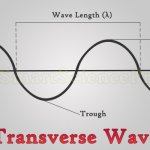
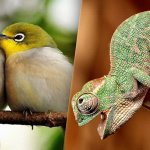
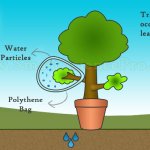
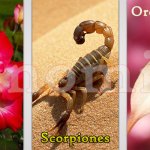
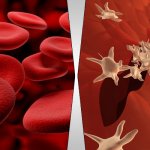

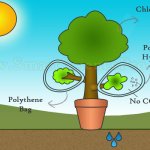
Leave a Reply